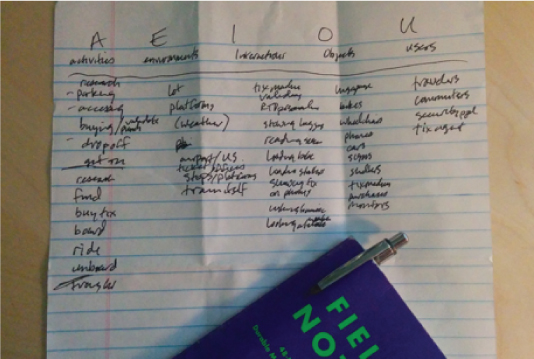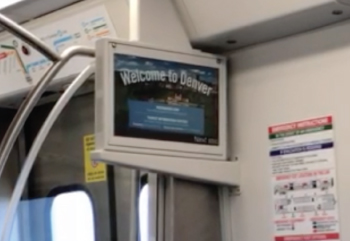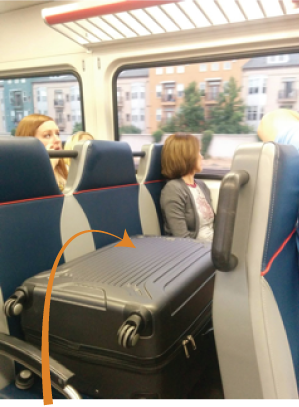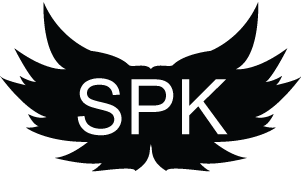Guerrilla Research Hits the A Line
We all love the concept of public transportation and have benefitted greatly from the new train. However, as you can imagine, this communally bad experience led us to share all our stories about inefficiencies in the passenger experience. We decided there were enough that we needed to do what we do best – document the experience through in-depth observational research and identify opportunities for improvement and innovation.
Early one June morning, we embarked on two days of observational research, riding the train all day, boarding and un-boarding in teams of two at various stops along the A Line. Our goal was to approach riding the train with fresh eyes – what is this train, where is it, where does it go, and how do I use it?
Identifying a Framework for Research and Analysis
We use frameworks to codify data, group our observations, and identify opportunities. For this guerrilla research, we selected the AEIOU Framework. This Framework allows us to group observations into buckets of Activities, Environments, Interactions, Objects and Users as follows:
- Activities are goal-directed sets of actions—paths towards things people want to accomplish. For example, finding the train, boarding the train, etc.
- Environments include the entire arena where activities take place. For example, the platform, inside the train, etc.
- Interactions are between a person and someone or something else; they are the building blocks of activities. For example, buying a ticket at the vending machine, validating a ticket with security, etc.
- Objects are building blocks of the environment, key elements sometimes put to complex or unintended uses. For example, luggage, in-train monitors, bicycles, etc.
- Users are the people whose behaviors, preferences, and needs are being observed. For example, passengers (commuters, travelers), Security guards, etc.
As you can see in the image below, we created lists for each category of observation. The lists allow us to address each item individually and as it relates to other items in the AEIOU columns.

Detailed Observation 1: Onboard Video Monitors
We’re going to look at two of the items in the AEIOU framework for opportunities to improve service. Let’s start with the on-board video monitors.
On our first ride TO the airport, we noticed the monitor cycling a series of images and messages related to RTD and the City of Denver. Messages included:
- Free mall rides
- Welcome to Denver
- Tourist information office locations
- Ticket books
- Stowing luggage and bikes
- How parking at the stations works
- How to board the train

Note that these were all messages playing for people who were already on the train and LEAVING Denver.
We were curious if the messages on the way from the airport would be the same. With few exceptions, they were.
Onboard Video Monitor: Solutions to Improve Experience
As communication practitioners, we understand that getting the right message at the right time and place is vital to effective communication.
If you’re visiting Denver and riding the train from the airport TO downtown, items 1-4 above are very helpful. Item 5, stowing luggage, can be helpful too – in case a rider had improperly stowed her luggage and wanted to correct herself. But wouldn’t that information, as well as how to board the train, be best relayed outside the train as passengers boarded?
The ride itself produces few postcard-worthy vistas until the train approaches downtown. In fact, the ride is visually uninspiring, and monitors could effectively serve up tidbits about each station or tips about the region to keep the excitement of arriving visitors piqued. For example, “Central Park Station is the transit hub of Stapleton, a master-planned community with 75,000 residents developed on the site of the old Stapleton Airport” or “Take the W line from Union Station to Golden and enjoy…”
Similarly, monitors on trains TO the airport could have better information for travelers heading out of town. Examples include: TSA security wait times, using the bag drop near the train, which airlines are on which side of the terminal, ETA, etc. We heard passengers asking one another and security guards questions like these. We saw others looking information up on their phones – or trying to – wouldn’t Wi-Fi be a nice addition for the anxious traveler?
And if there isn’t a feasible way to educate passengers before they board the train, some may need more in-your-face education than a rotating message on a monitor:

Detailed Observation 2: Accessing the Train from the Airport
As we noted before, it’s important to approach seemingly every day experiences with fresh eyes. Imagine arriving in Denver for the first time having been told to “Take the train downtown and I’ll pick you up at Union Station.”
As frequent flyers know, the airport’s internal train between concourses and the terminal drops ALL arriving passengers at the same point in the middle of the main terminal. Here’s the view when incoming passengers arrive:

You’ve carried on all your luggage to make good time. “Okay, so where’s the train?” There’s no sign in clear sight. Follow the flow to the right and there’s a large “Ground Transportation” desk where they want to order you a shuttle van more than they want to direct you to the train. Go back and try the other way – there’s a small sign in the middle of a bustling terminal that directs you to a “Transit Center.” We suspect that’s where we want to go, but still we need to ask folks as we follow the arrows, thinking all the way “does transit center equal train?”
